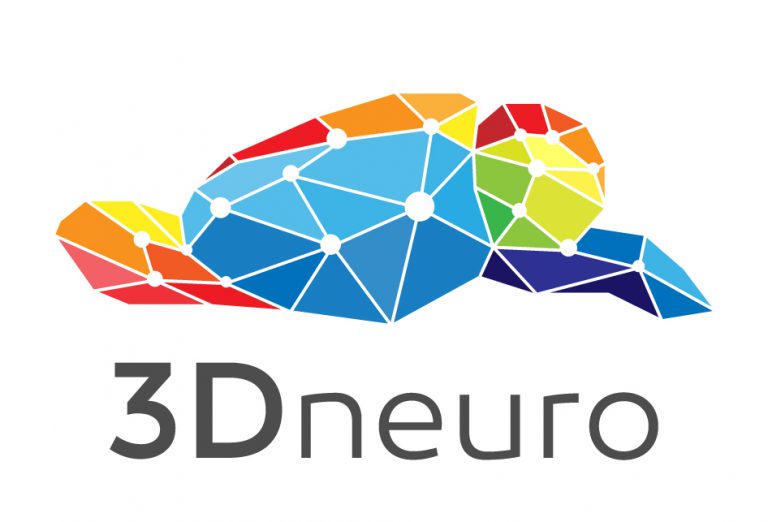Part of our work is designing custom solutions for systems neuroscience experiments. Sometimes they do not fit our criteria for becoming a product. Because they can still potentially be useful to a significant number of labs, we do the extra work necessary to share them as Open Hardware. We also share designs from the open source collaborations we are part of. Beyond its main features (accessibility to all, transparency, customizability), open hardware with 3D-printed parts also promotes sustainability: One can easily print replacement parts and thus extend a tool’s lifetime. To make the parts accessible in a future-proof, open way, we host them in a collection on Zenodo
In addition to the ready-to-manufacture files, we share editable design files, manufacturing tips, context for the design idea, and how the design is being used in the lab. Unless otherwise specified, distributed under the CERN OHL-S licence.
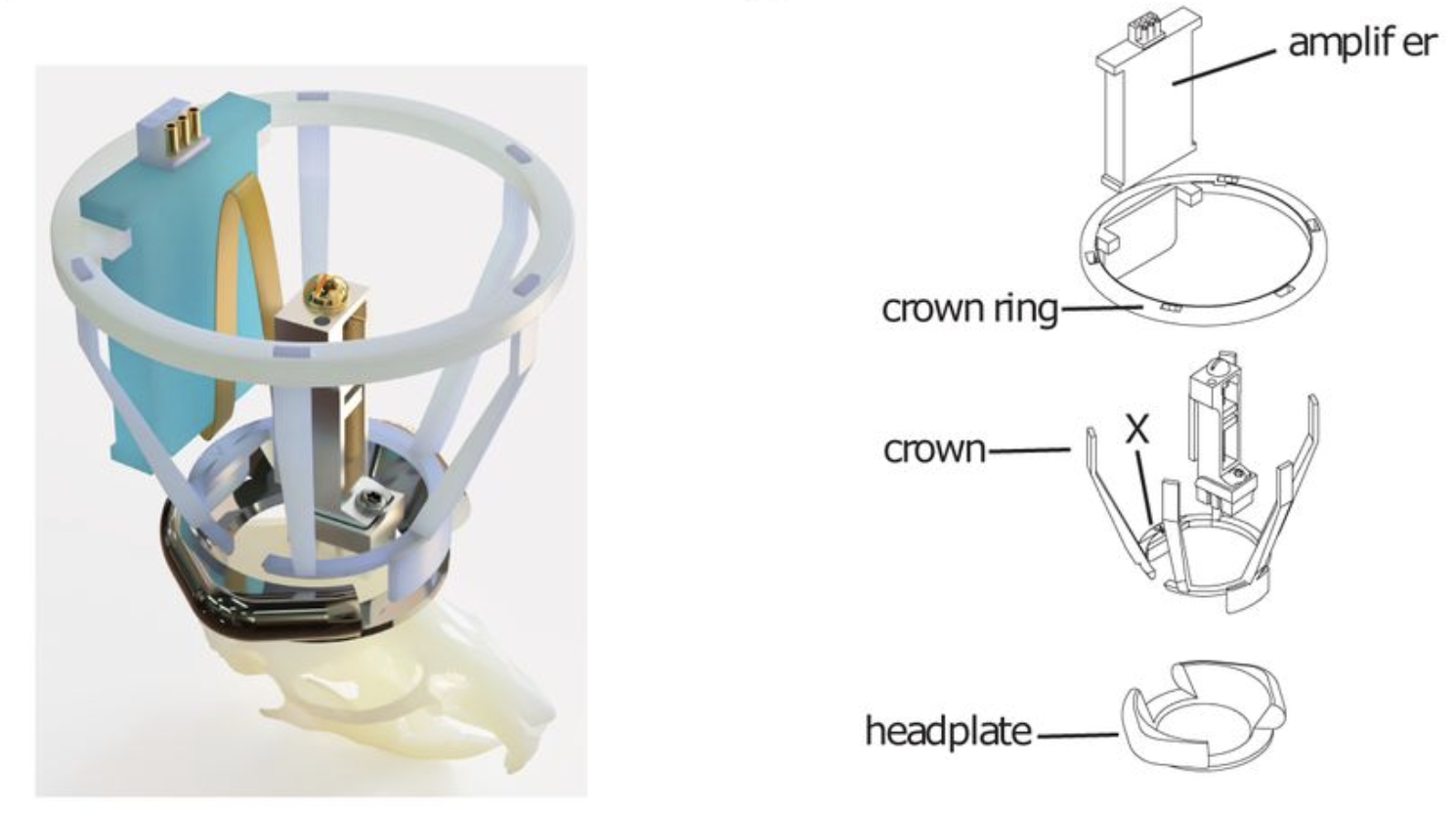
DREAM implant: A Lightweight, Modular, and Cost-Effective Implant System for Chronic Electrophysiology in Head-Fixed and Freely Behaving Mice
In collaboration with multiple labs, we developed a lightweight, cost-effective probe implant system for chronic electrophysiology in rodents optimized for ease of use, probe recovery, experimental versatility, and compatibility with behavior.
This project builds up on the R2 system for silicon probe implantation (available here, methods paper here), and introduces a novel head-fixation system and headgear.
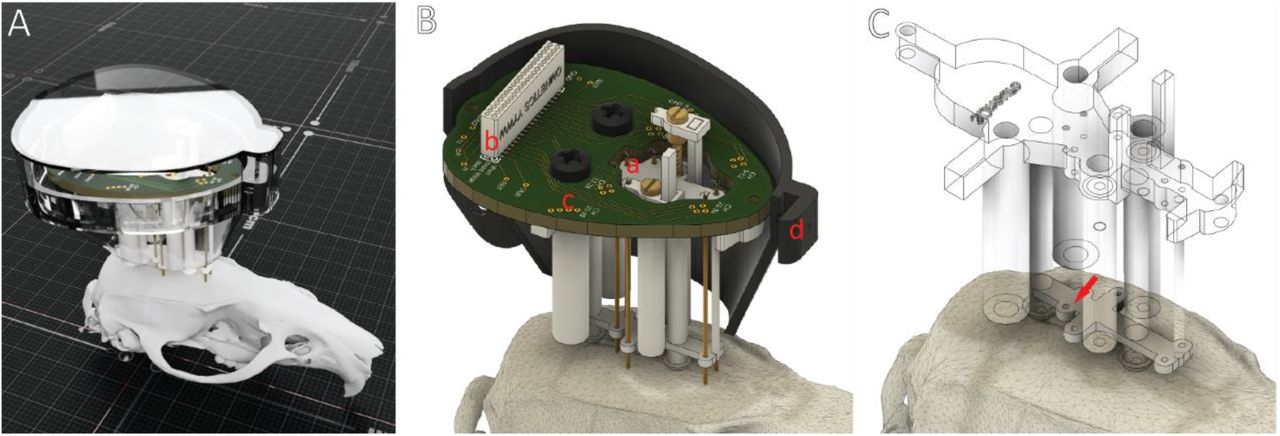
TD drive: A Parametric, Open-Source Implant for Multi-Area Electrophysiological Recordings in Behaving and Sleeping Rats
In collaboration with the Genzel lab at Radboud University, we developed a 3D-printable implant for rats capable of symmetric, bilateral wire electrode recordings, currently in up to ten distributed brain areas simultaneously.
Publication: Schröder, T., van der Meij, J., van Heumen, P., Samanta, A., Genzel, L. J. Vis. Exp. (206), e66457, doi:10.3791/66457 (2024).
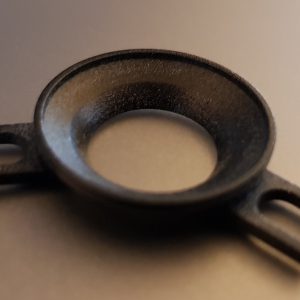
2P headplate and light-blocking shield
This system was designed to provide simple and reliable light shielding for 2-photon imaging in awake head-fixed mice.
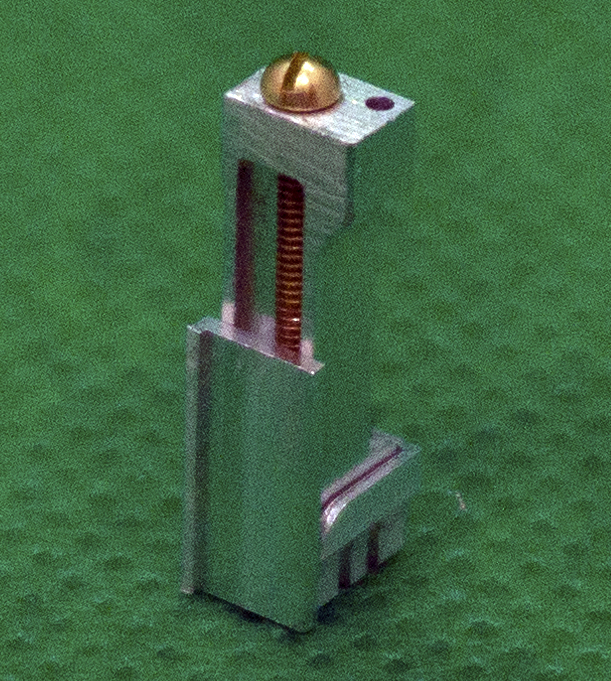
Metal reusable microdrive
Developed by the Buzsàki lab, this microdrive can be used multiple times, and allows probe reuse as well (3+ times, the limiting factor becomes impedance). Paper can be found here, with assembly instructions. A dedicated website was developed for supporting users of the microdrive and its accessories. We are collaborating on design (user experience) and bulk manufacturing.
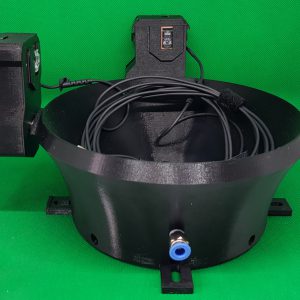
Base for spherical treadmill
Modified from a design by the Technocenter, Radboud University, this 3D-printed base distributes compressed air evenly to support a floating styrofoam ball. Two sensors measure rotation speed. Often used with virtual reality setups.
